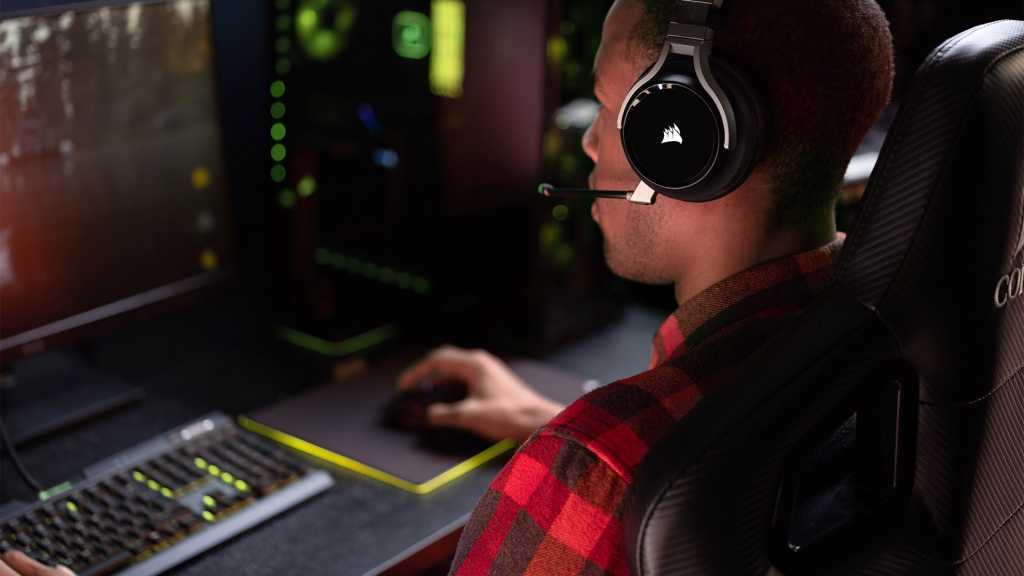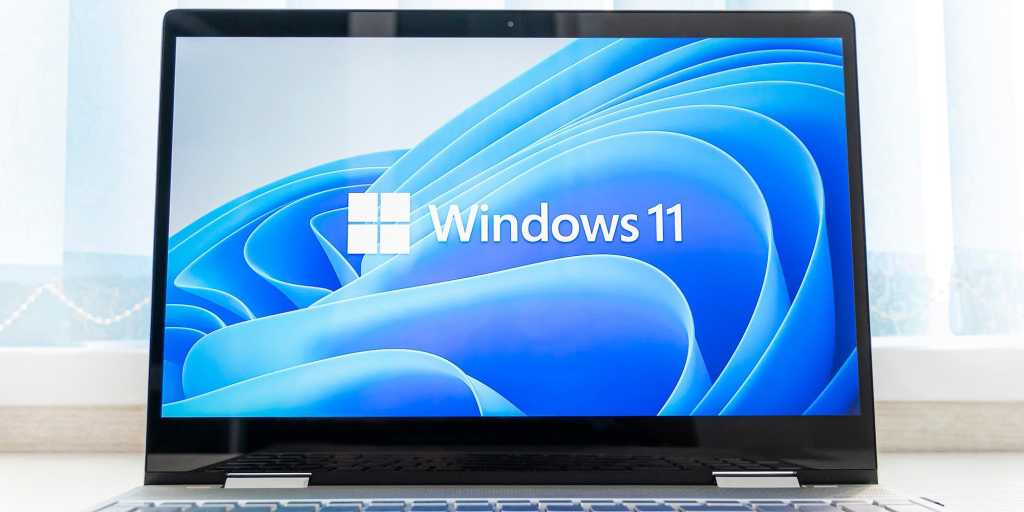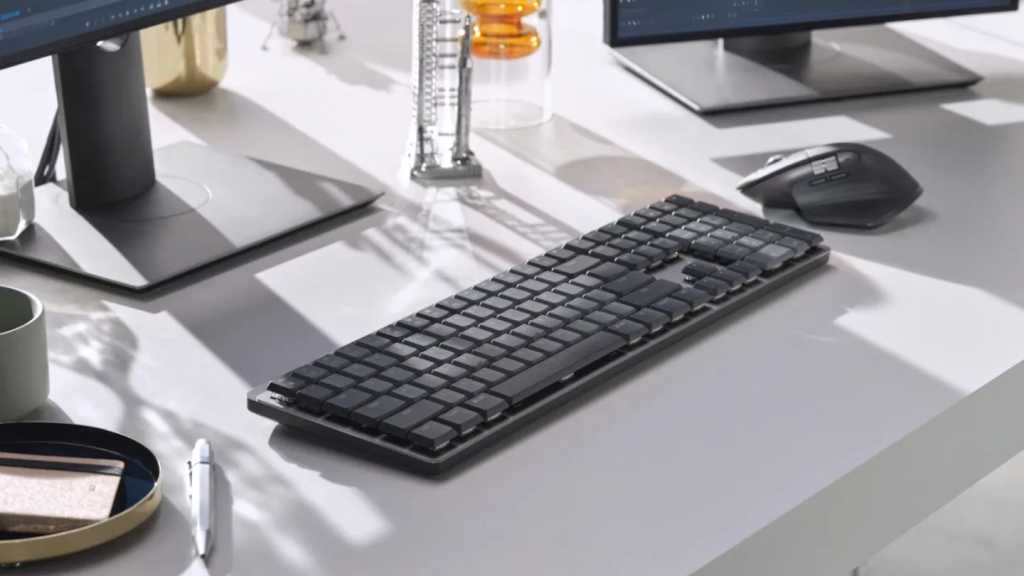Keeping your graphics card drivers current is crucial for optimal system performance, especially for gamers. Regular updates can significantly boost gaming performance, fix bugs, and unlock new features. This article explains why updating your graphics drivers is essential and provides a step-by-step guide to ensure your drivers are always up-to-date.
Unlike other hardware drivers with minor updates, graphics card drivers from Nvidia, AMD, and Intel often deliver substantial improvements. These updates frequently include performance enhancements, bug fixes, and optimizations for specific games and applications. Technologies like DLSS (Deep Learning Super Sampling) also benefit significantly from driver updates, leading to sharper visuals and increased frame rates. Even if you don’t primarily use your computer for gaming, keeping your drivers updated is essential for overall system stability and performance.
 Nvidia App
Nvidia App
To update your drivers, you first need to identify your graphics card model. In Windows, open “System Information” by typing it into the Start Menu search bar. Under “Components,” select “Display” to find your graphics card model. This information is critical for downloading the correct drivers.
 Systeminformationen
Systeminformationen
Laptops often utilize both integrated and dedicated GPUs from Intel, Nvidia, or AMD. The system dynamically switches between these depending on the workload. Keeping both sets of drivers updated ensures optimal performance, whether you’re working on everyday tasks or immersed in demanding games.
Download the latest drivers directly from the manufacturer’s website (Nvidia, AMD, or Intel). These websites allow you to manually select your graphics card model or use an automatic detection tool. For a more streamlined experience, consider using dedicated software like Nvidia GeForce Experience, AMD Adrenalin Edition, or Intel Graphics Command Center. These applications provide automatic updates, game optimizations, and other helpful features.
 Gaming Setup
Gaming Setup
It’s important to remember that older graphics cards may eventually reach end-of-life support, meaning they will no longer receive driver updates. While you may not see significant performance gains with older cards, checking for occasional updates can still address critical bug fixes and maintain compatibility with newer software.
In conclusion, keeping your graphics drivers updated is a simple yet effective way to enhance your gaming experience and maintain overall system performance. By following the steps outlined above, you can ensure you’re getting the most out of your graphics card, whether you’re a hardcore gamer or a casual user.











